Top 10 Easy Care Houseplants
Would you like to have a houseplant, but they all seem to die? Here are suggestions for some very easy-care plants, ones that you really have to make an effort to kill. Generally, if you remember to water them every now and then, they will live. They may not do as well as they would if they were carefully taken care of, but if you wanted to spend alot of time tending your plants you wouldn't be reading this.
This plant seems to do well in just about any amount of light. It's very easy to propogate, as little plantlets form on hanging stems. To make more plants, put the plantlets in water, let some roots grow, and put it in soil in its own pot when the roots are a few cm long.
It likes being potbound (having the roots crowding the pot) so you don't need to repot it until it looks like its trying to break its pot.
2. Devil's Ivy or Pothos (Scindapsus or Epipremnum)
This plant forms a vine that just keeps getting longer and longer, and the leaves at the end end of the vine  are larger than the ones near the pot. You can let these vines hang down to make a hanging basket, let them crawl across a windowsill, or wrap them around a moss pole to try to keep the plant in one place.
are larger than the ones near the pot. You can let these vines hang down to make a hanging basket, let them crawl across a windowsill, or wrap them around a moss pole to try to keep the plant in one place.
They tolerate quite low light and can be grown in rooms without windows or in a corner of a room away from the window. Put it near some artificial light if you do this, though, as it does need some light.
Propogation is easy: cut off part of a vine and stick it in water. When it has enough roots, put it in soil.
3. Mother-in-law's tongue or Snake plant or Bird's-nest plant (Sansevieria)
This plant comes in tall (Mother-in-law's tongue or Snake plant) and short varieties (Bird's-nest plant). It will tolerate just about any growing condition. If you want a truly h ard to kill plant, this is it.
ard to kill plant, this is it.
They like being potbound, so don't repot them unless the pot is too small to keep the plant upright, or it looks like it's trying to break the pot.
Propogation: eventually small plantlets will grow up alongside the big plant. You can carefully cut these off the plantlets (include all the roots coming from the plantlet) and put them in pots of their own.
4. Jade plant (Crassula argentea)
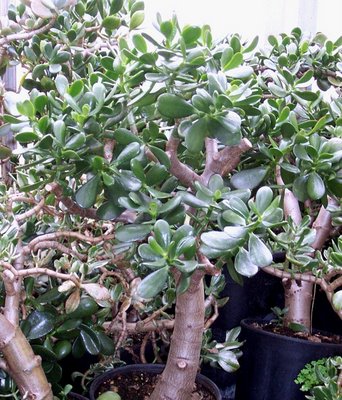
This is has thick rubbery leaves and a treelike form. If you're patient enough, it can get pretty big (close to a meter tall and wide).
They like it bright, so no dark corners for this plant.
Make sure it has a big enough pot. If not it can get top-heavy and tip over, and when this happens some leaves generally break off.
To propogate, cut off a brach and put in water, and when it grows enough roots, put it in soil. Sometimes if a leaf falls off roots grow out of it into the soil, and a little plant grows from that, so don't throw away leaves that fall off.
5. Christmas Cactus (Zygocactus or Schlumbergera)
This plant comes in two main forms. The Easter cactus flowers near Easter time, and the Christmas cactus flowers in late autumn/early winter. However, sometimes Easter cacti flower a bit early, and sometimes Christmas Cacti will get a few flowers in early spring, after its main flowering period in autumn/winter, which is why these two plants have flowers at the same time.
This plant likes alot of sun. Although this is called a cactus, it is actually a succulent, and it needs a fair bit of water. They will survive with almost no water (the amount you'd give a true cactus), but they will look shrivelled and won't grow or produce flowers very well.
Some people recommend putting them outside in a shady place over the summer for better flowers.
To propogate, break off a few pieces and put them in soil. Eventually, they should form roots and grow.
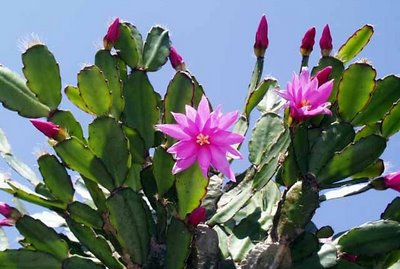
Picture of Easter Cactus Rhipsalidopsis gaertneri (Schlumbergera bridgesii)
Christmas cacti result from crosses of Schlumbergera truncata (Thanksgiving cactus) and S. russelliana. Although flower colors include purple, pink, white, red, orange, or yellow, Christmas Cactus can be identified by the oblong or obovate stem segments with crenate (round-teethed) margins.
6. Rubber plant or Rubber tree (Ficus elastica)
Rubber plants are ideal when you want a big plant to sit in the corner of the room and look grand, while not requiring much care. They like a fair bit of light, so put them near a window. 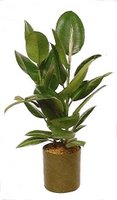 However, it doesn't need to be a bright window.
However, it doesn't need to be a bright window.
In cultivation, it prefers bright sunlight but not hot temperatures. It has a high tolerance for drought, but prefers humidity and thrives in wet, tropical conditions. When grown as an ornamental plant hybrids derived from Ficus elastica Robusta with broader, stiffer and more upright leaves are commonly used instead of the wild form. Many such forms exist, often with variagated leaves.
7. Parlor palm (Chamaedorea elegans)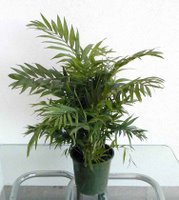
A very attractive, small, single stemmed palm, to about 2m tall, with light green wide, pinnate leaves. Its usually seen in clumps, since it looks more attractive this way, however this is just due to multiple seeds being sown together. Probably the most commonly grown indoor palm in the world. Very resiliant to low light, air-conditioning, drying out, and over watering. Very good indoor plant.
8. African Violet (Saintpaulia)
A popular blooming plant, African violets have fuzzy heart-shaped leaves with light green orRemove old blooms and yellowing leaves. Keep barely moist and fertilize monthly with all-purpose food. Do not let water touch leaves. With plenty of bright, indirect sunlight, or 14 to 16 hours of artificial light, they flower continuously and can last many years. Avoid placing them in a drafty area.
9. Aloe (Aloe)
Aloes come in a variety of forms (in the picture are aloe vera, aloe ferox,and t iger aloe), but they all have thick succulent leaves (often with spikes) com ing from a centr al point. They like a lot of light. They are reasonably easy to propogate: plantlets grow up alongside the parent plant. Cut them off along with some roots, put them in soil, and you'll soon have lots of them.
Aloes is a medicinal substance used as a purgative and produced from various species of aloe, such as A. vera, vulgaris, socotrina, chinensis, and perryi. Several kinds of aloes are distinguished in commerce--Barbadoes, Socotrine, hepatic, Indian, and Cape aloes. The first two are those commonly used for medicinal purposes. Aloes is the expressed juice of the leaves of the plant. When the leaves are cut the juice flows out and is collected and evaporated. After the juice has been obtained, the leaves are sometimes boiled, to yield an inferior kind of aloes.
10. Dragon tree (Dracaena Marginata)
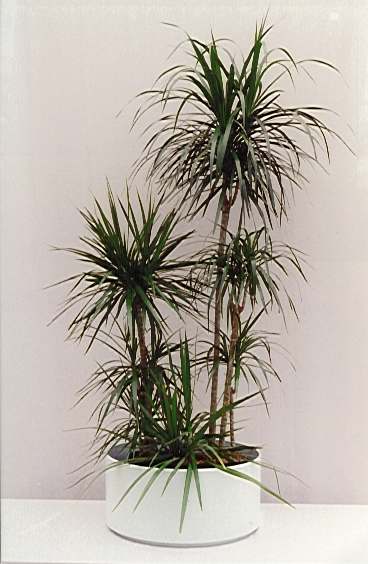
Recommended Temperature Zone:
sunset: 21,23-24
USDA: 10-12
Frost Tolerance: Does okay in Phoenix in a warm location of the garden
Heat Tolerance: Light shade in Phoenix, ideally on the south side of a wall, under an overhang
Sun Exposure: Full sun or light shade
Origin: Madagascar
Growth Habits: Very slowly up to 20 feet (6 m)
Watering Needs: Regular water for optimum growth
Propagation: Seeds or air-layering in spring, cuttings in summer





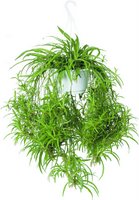
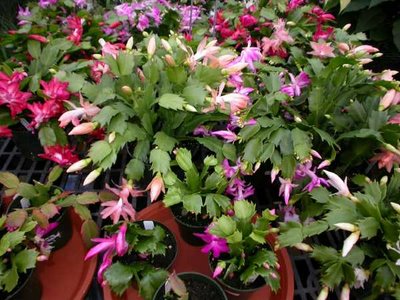

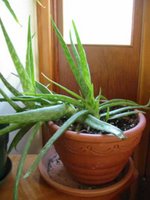


0 Comments:
Post a Comment
<< Home